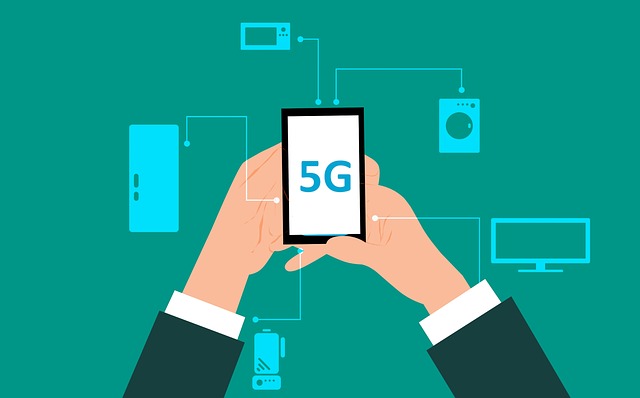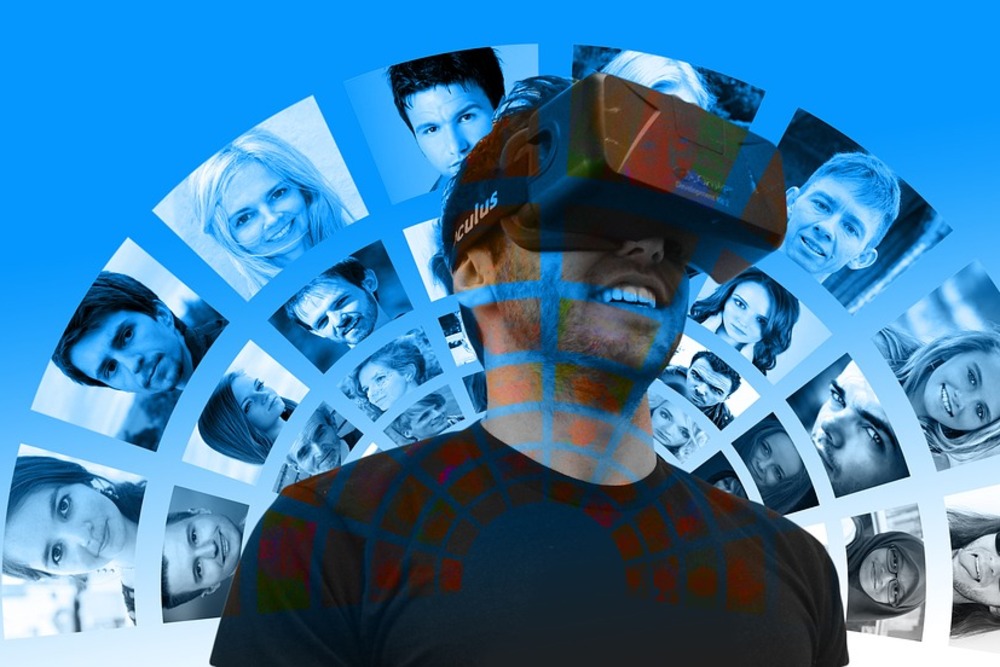5G network holds great educational advancement opportunities for the school system. Students in colleges and universities will benefit, particularly from this fifth-generation wireless network.
Lectures and video classes will be available for fast download and seamless streaming.
The 5G network is already available in some cities in the United States working with Verizon and AT&T to install towers across the country.
5G wireless network enhances learning and the pattern is already set.
5G optimizes video classes
The 4G network is excellent, but there are still low latency periods, especially when streaming high bandwidth videos. The 5G network resolves this challenge. This fifth-generation network makes it easy for content to be processed seamlessly.
Also, the network allows for an enhanced experience with virtual and augmented reality such that the video content appear in a three-dimensional image to the viewer.
5G minimizes time-lag
Administrative tasks take a lot of school time in classrooms. Tasks like lecture notes, homework assignments, and tests are not automated yet, and it consumes much of the teachers’ time.
With the fifth-generation network, these routine tasks are automated seamlessly with ease of access for the students. Information gets retrieved on the spot with no latency periods. As teachers lecture remotely and conduct other administrative tasks remotely, learners would download and watch video content in seconds.
5G assists special needs students
It is obvious the challenges special needs students encounter in classrooms. There are diminishing spaces available for them in classes.
5G network presents more significant opportunities to study at their own pace. It offers fast internet speed, download speed, and streaming rate for special needs students receive on-one-assistance from their tutor.
Likewise, students interested in robotics will enjoy rapid advancement in technology, as much as programming subjects.
5G network maximizes flexibility
Educators have explained that students have different learning styles. Some are visuals, and audio-visual learners, as the case may be.
With the new wireless network, more resources in diverse categories will be available and easily accessible by students, increasing their learning experiences.
In due course, the 5G wireless network can become integrated into real-time classroom learning such that students with different learning styles can study concomitantly without problems.
With this new development, teachers are being brought to speed on how to benefit and leverage the technology.







